Rotavirus is an infection which damages the intestines of birds resulting in a yellow watery scour. Dehydration also occurs and mortality can be as high as 70%, but is usually between 10-30%.
If birds recover they can become stunted and this can lead to uneven batches of poults (Fig 1). There is a link between rotavirus and an increased susceptibility to chilling and other diseases. This viral infection is most often seen in birds between three and fourteen days old and can come from contamination at the hatchery or from infection on the rearing site. Rotavirus is very infectious and will spread rapidly between chicks.
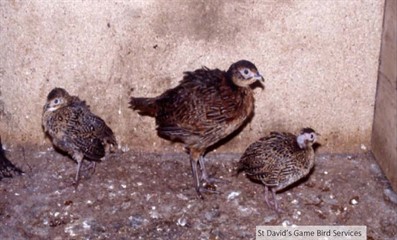
Fig 1 Stunting and unevenness of poults post rotavirus infection
There are a few different 'strains' of rotavirus and gamebirds are usually affected by group A rotaviruses, but non-group A (atypical) rotavirus infections also occur, such as type D. The virus replicates in the cells of the lining of the gut destroying them in the process, and severely reducing the surface area available for absorption of water and nutrients.
Clinical Signs
Birds are likely to be depressed and passing loose droppings. Typically, their wings will droop and they may show signs of wasting. As well as dehydration, septicaemia and toxaemia may follow rotavirus.
Post Mortem Findings
The bird's caecae (blind guts) are generally enlarged with a bubbly yellow fluid, and there may also be distension of the intestinal tract (Fig 2). The carcases tend to be light in weight due to the dehydration. The virus replicates in the cells of the lining of the gut destroying them in the process, and severely reducing the surface area available for absorption of water and nutrients.
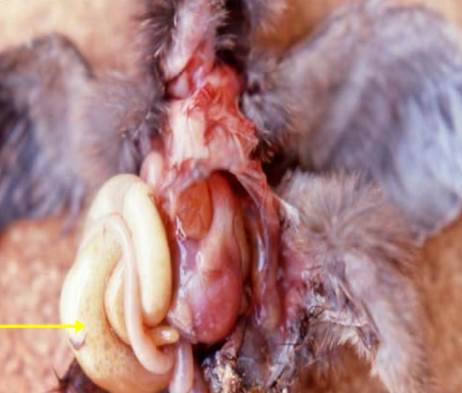
Fig 2 Distended caecae filled with frothy yellow contents - rotavirus
Diagnosis
Diagnosis is usually via a post mortem and testing of intestinal contents. PAGE (polyacrylamide gel electrophoresis) testing and electron microscopy detect both group A and non-group A viruses but microscopy doesn't differentiate them into type. There are various other kit tests (such as latex agglutination and ELISA) but these will only detect group A viruses.
Treatment and Control
There is no specific treatment for viral infections. Electrolytes should be used to counter dehydration (especially worthwhile in the acute stages of infection), and antibiotics may be useful to prevent secondary bacterial infections. However, often there is a poor response from infected birds to antibiotics. Birds tend to be dull and do not drink and eat and therefore any uptake of medication can be compromised. There are some proprietary products, such as an egg powder, from chickens that have been vaccinated against type A rotavirus and there is some evidence of its efficacy. Some shoots will use a virucidal powder in the drinking water such as Virkon H2O as an aid to control. Another method of control is to prevent the birds from exposure to a large number of viruses - if possible avoid re-using accommodation and ensure thorough cleansing and disinfection. Good gut bacteria seem to help in outbreaks of disease and the use of probiotics as a chick starter medication can help to establish a good flora and makes the chicks better able to fight disease.
Biosecurity
As always bio-security is important as the disease is very easily spread by contaminated personnel and equipment. It is also important not to mix ages of chicks as the older birds can be carrying the disease without many outward signs but be able to pass it on to the susceptible immature younger chicks.
Key Biosecurity Procedures
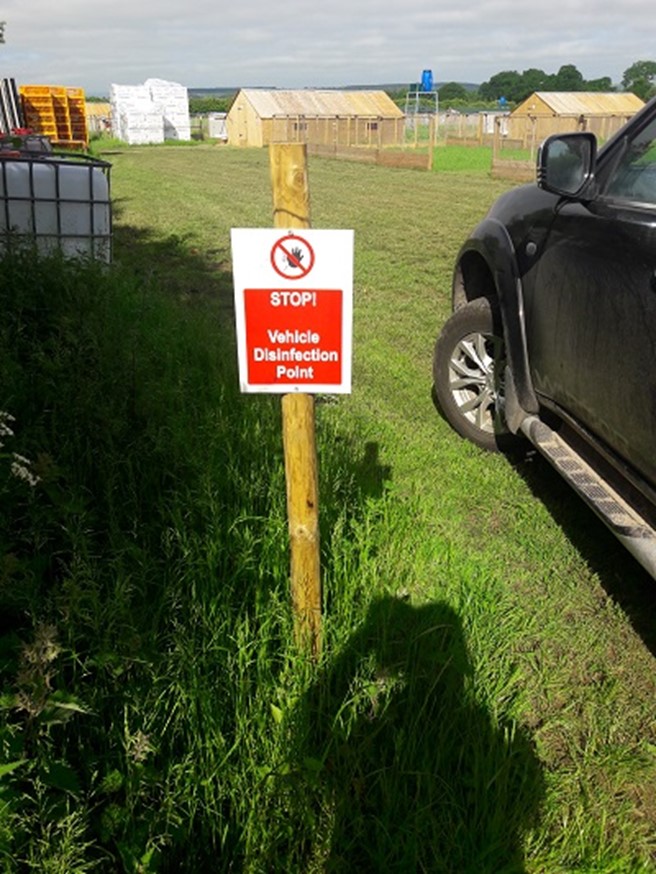
Fig 3 Dirty personnel and equipment carry infection.
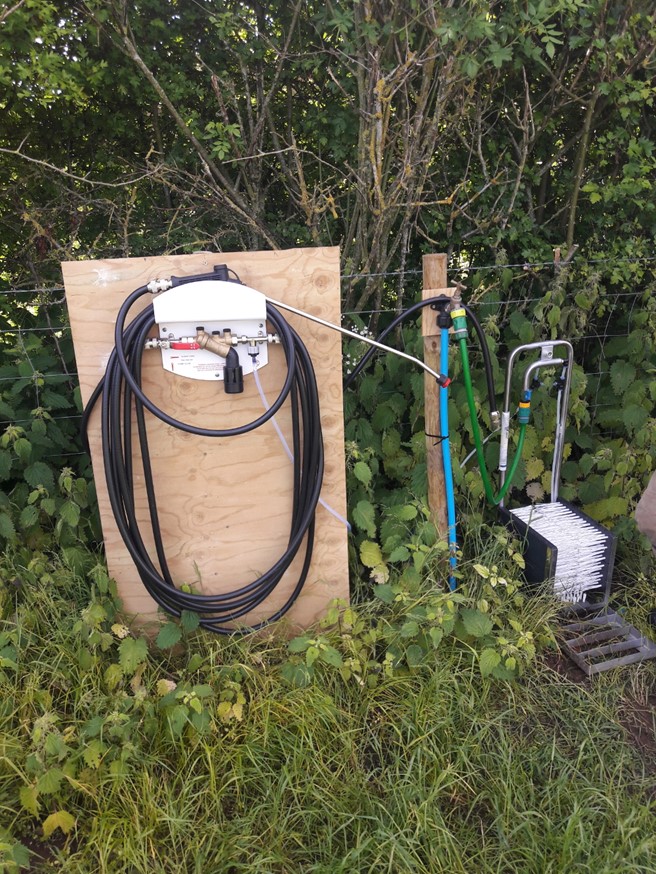
Fig 4 Equipment must be thoroughly cleaned
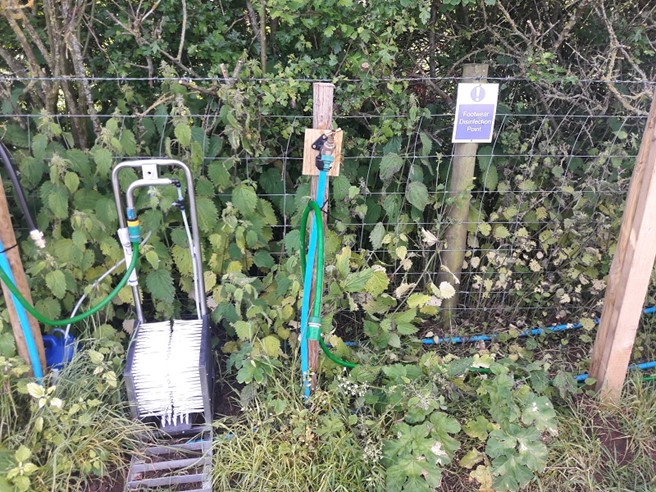
Fig 5 Key biosecurity station for footwear
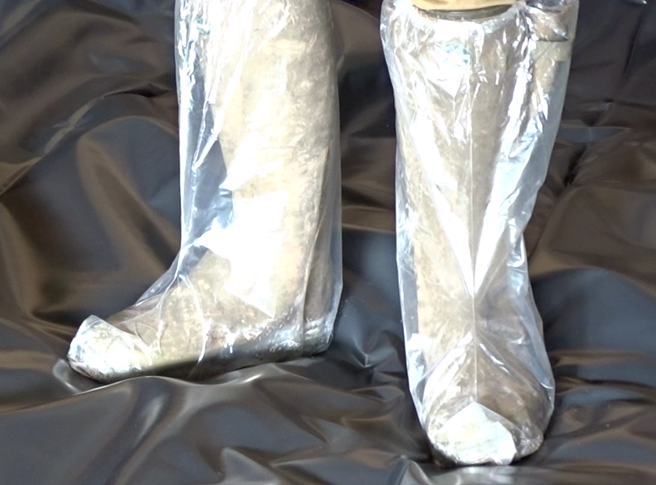
Fig 6 It is important not to tread in any disease, viruses or cocci into sheds





